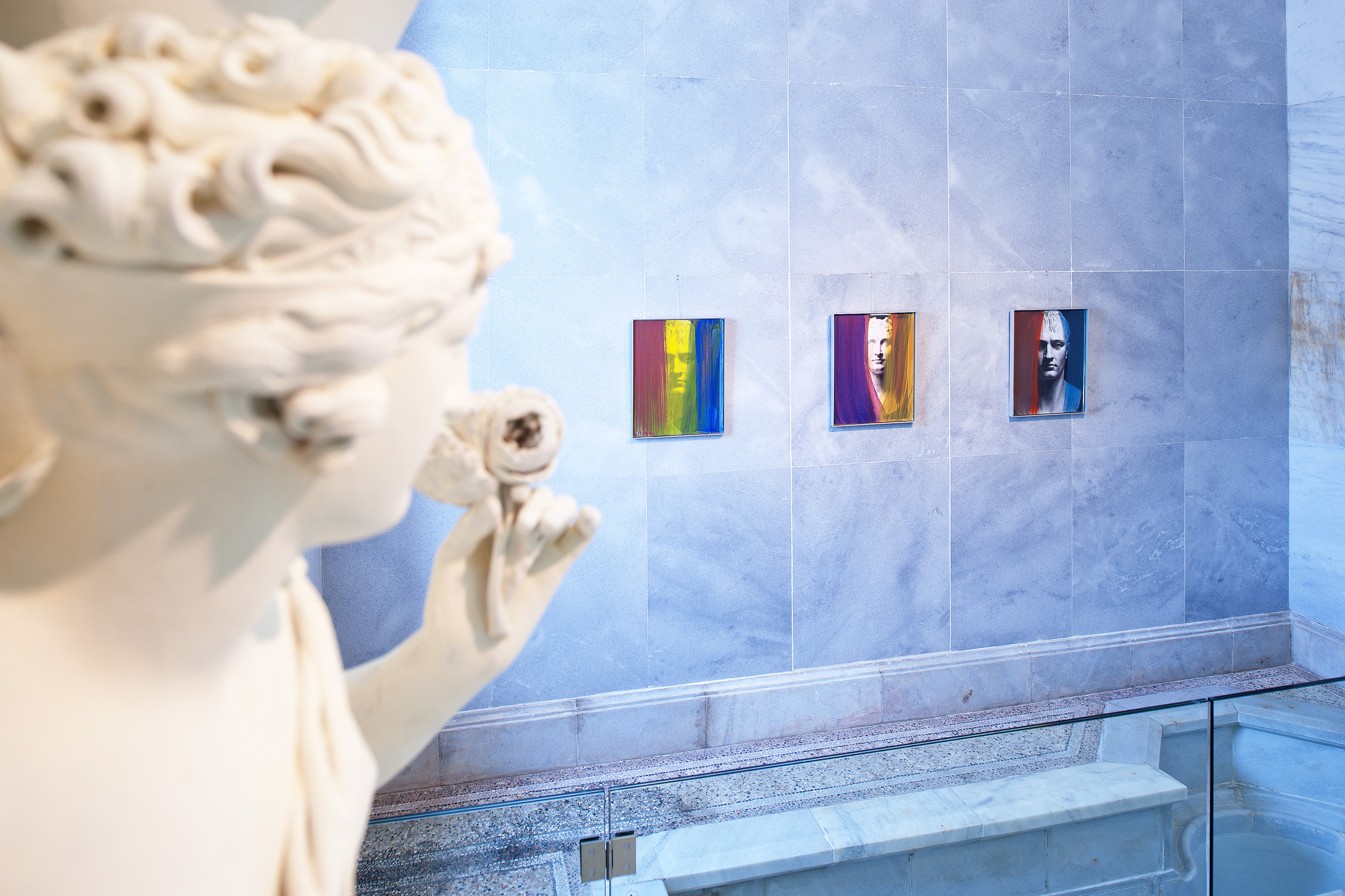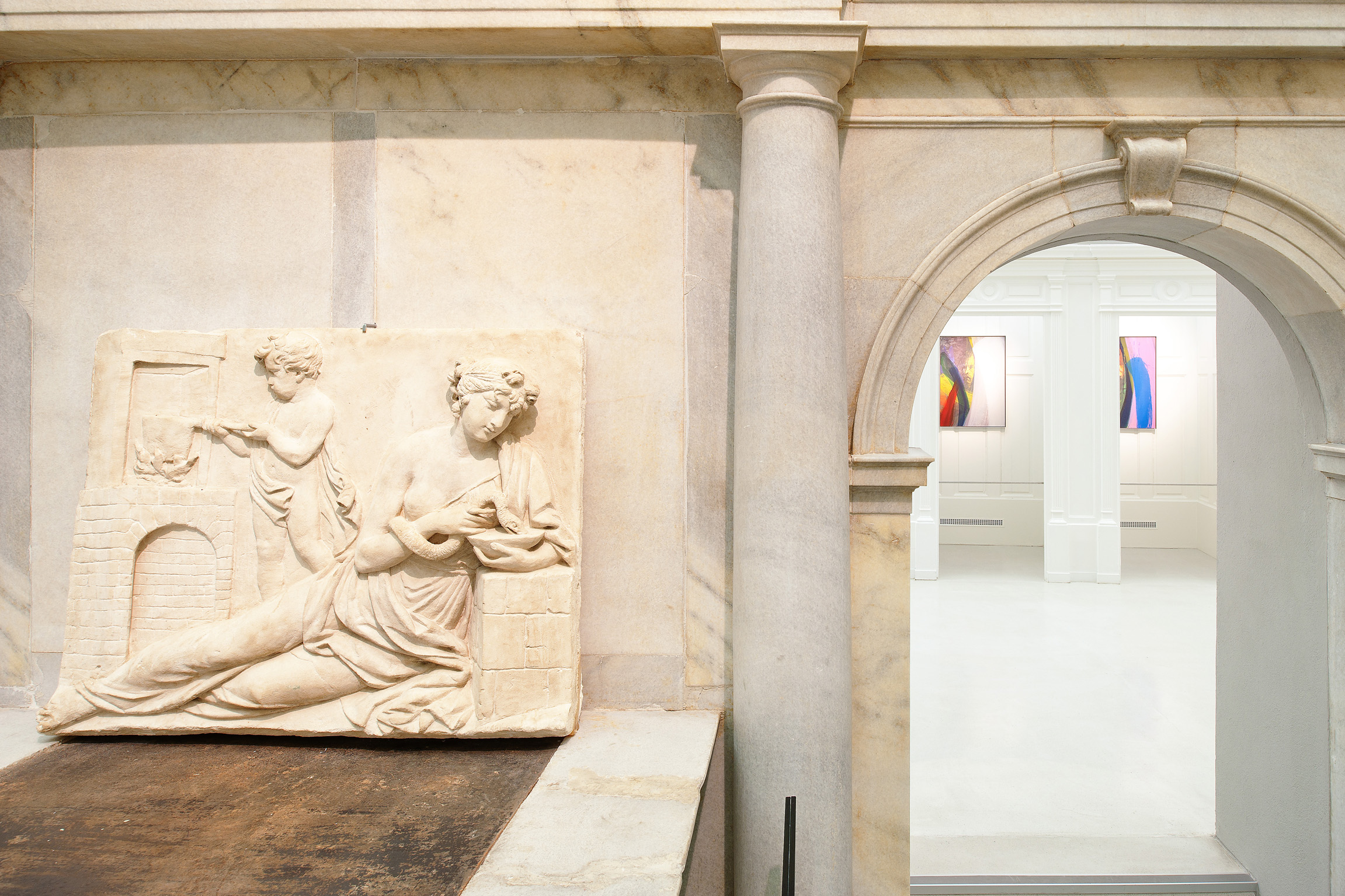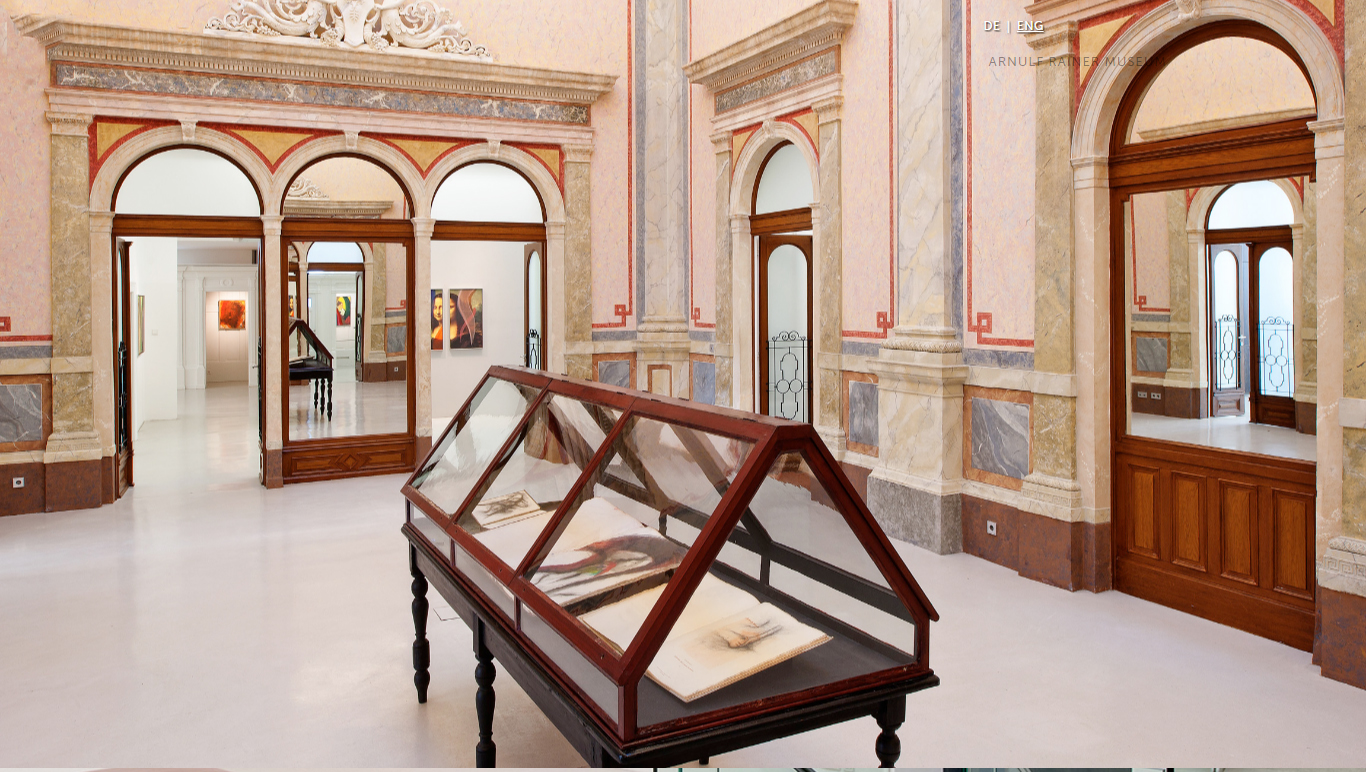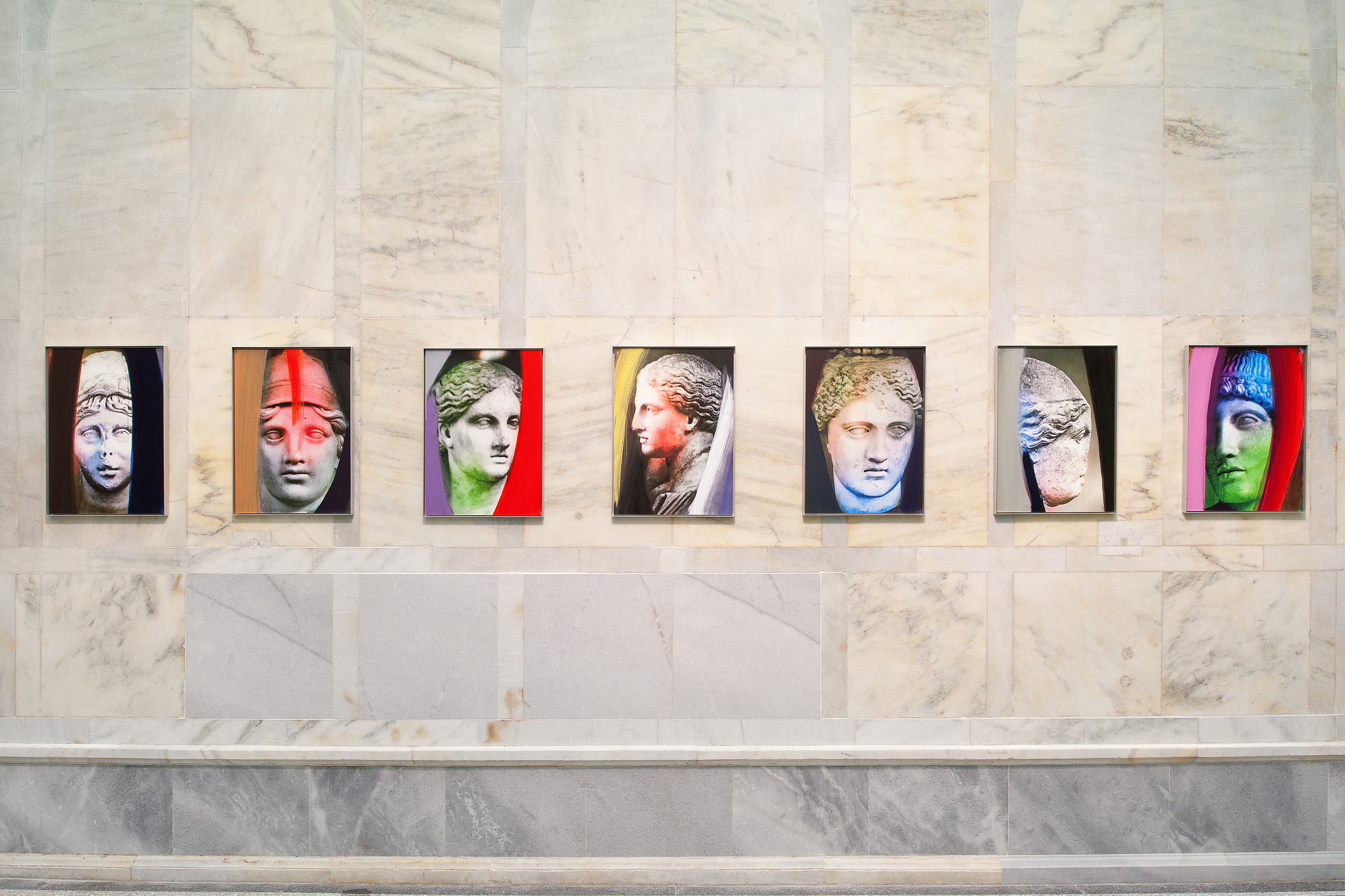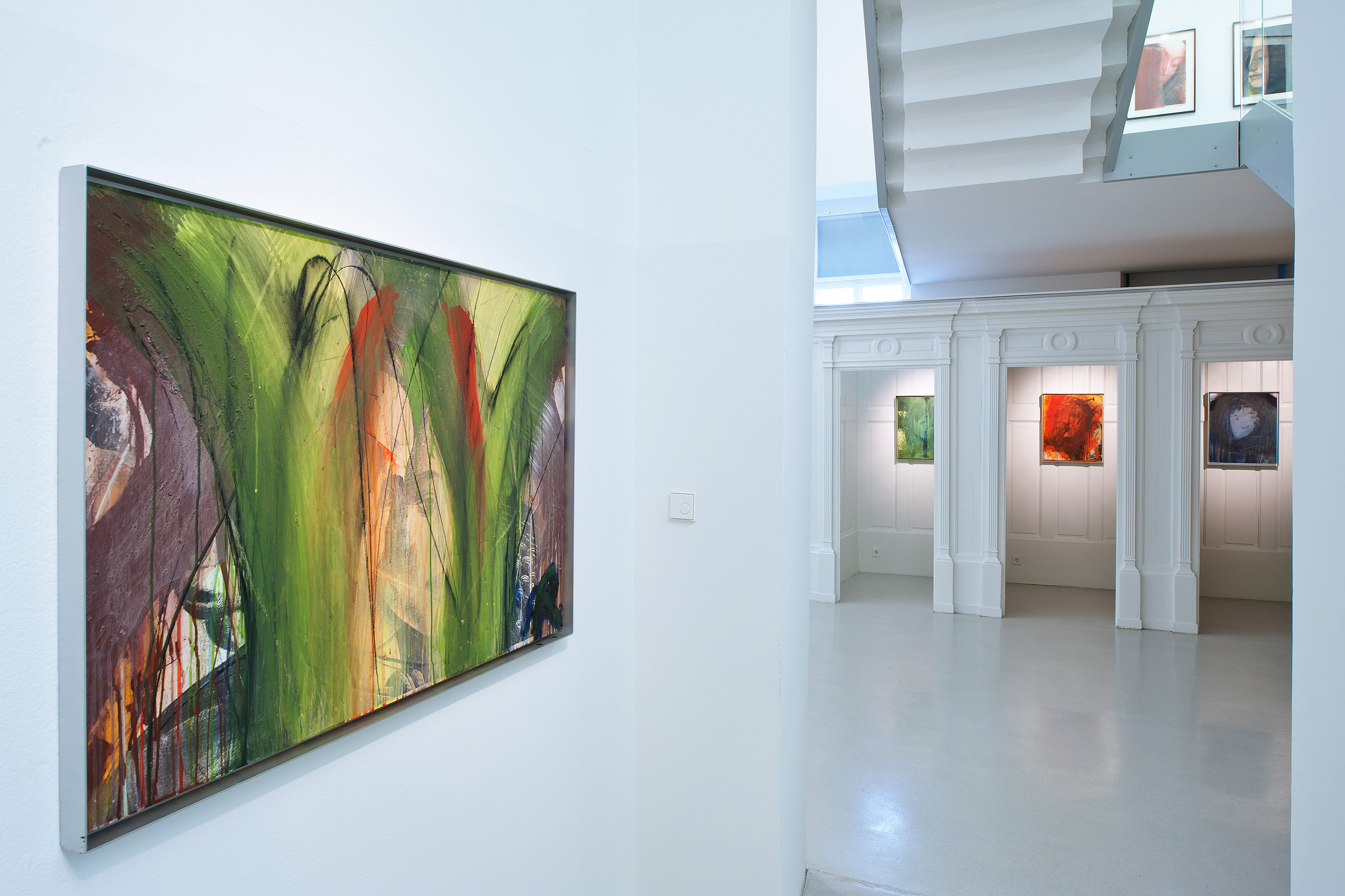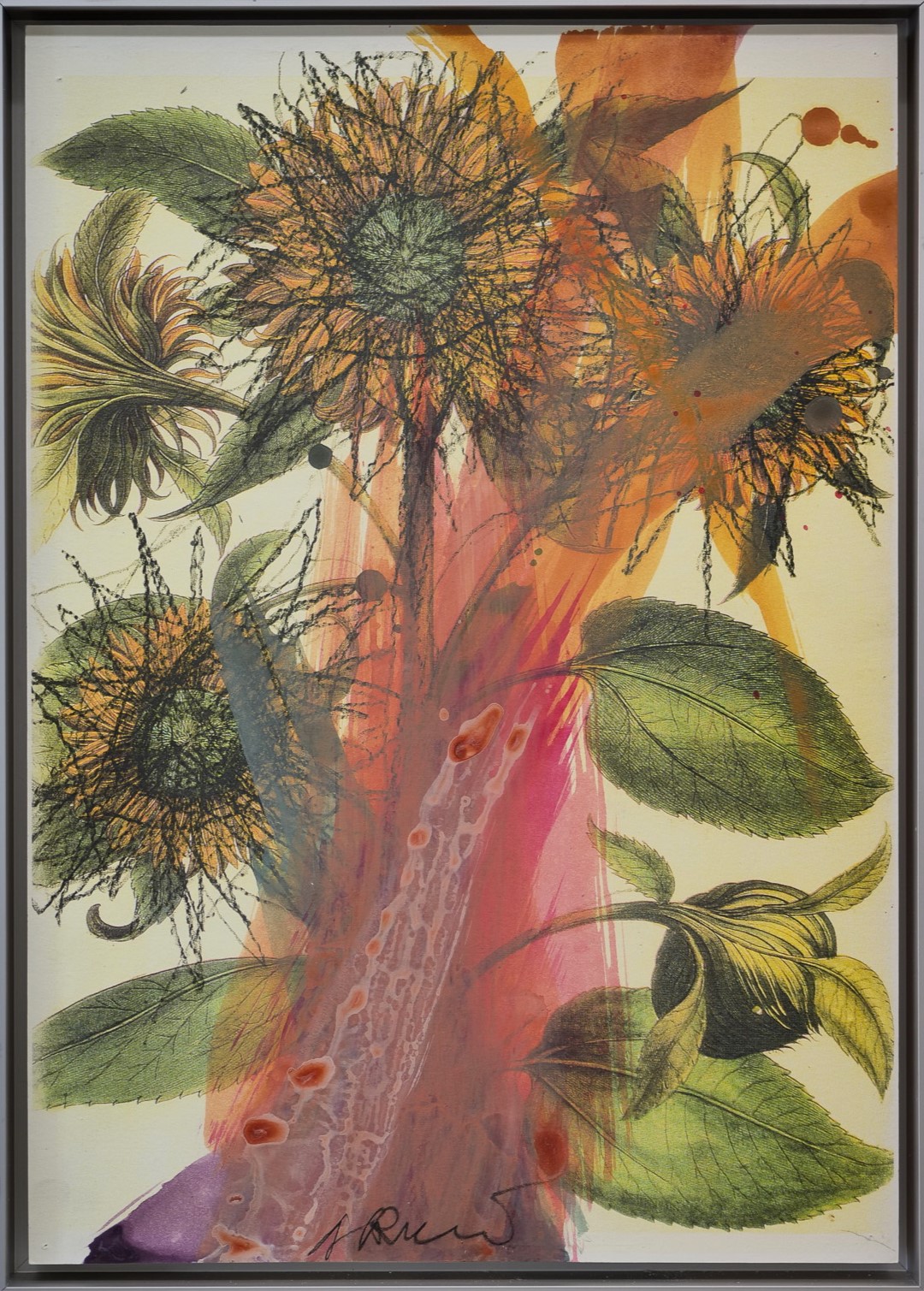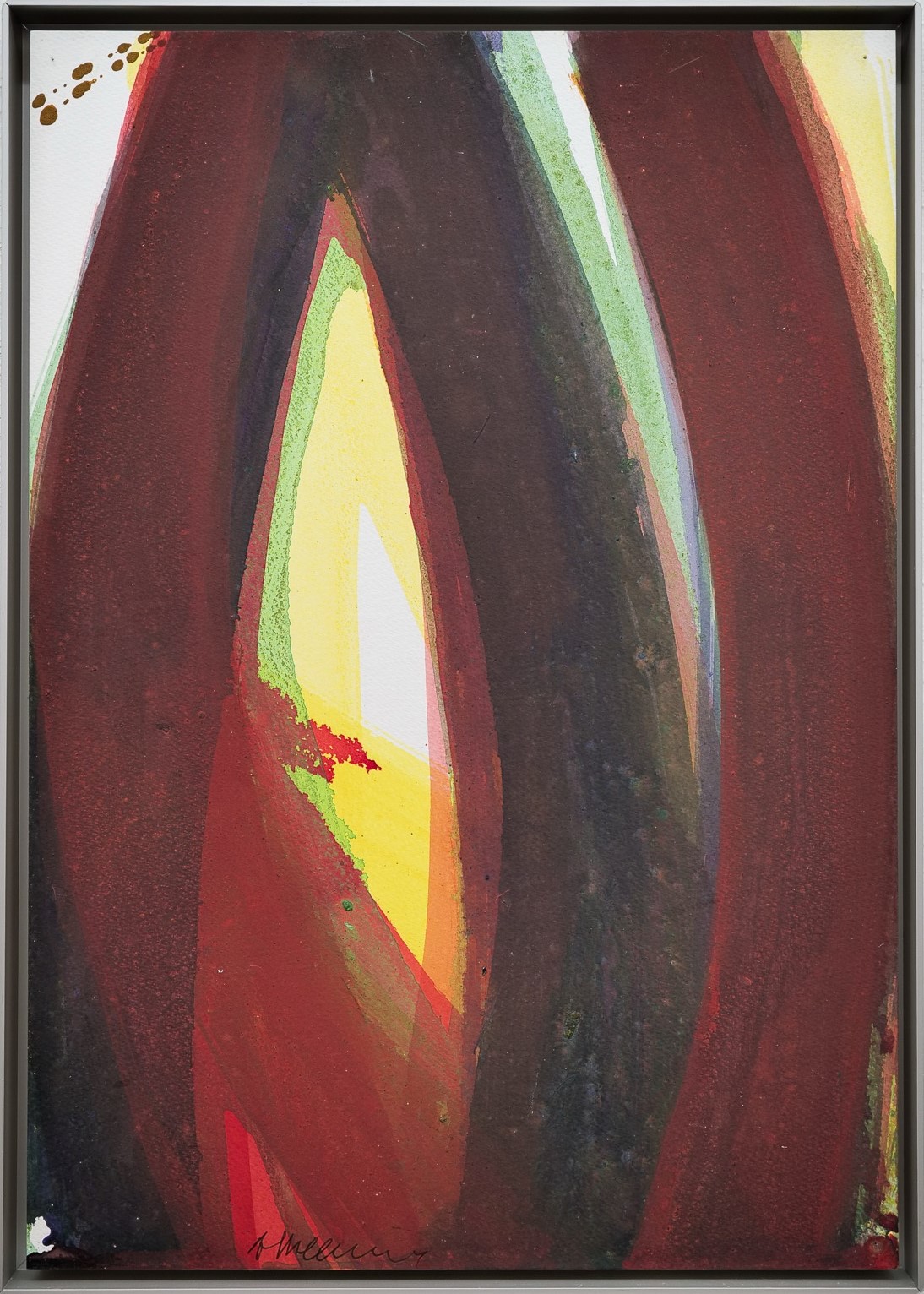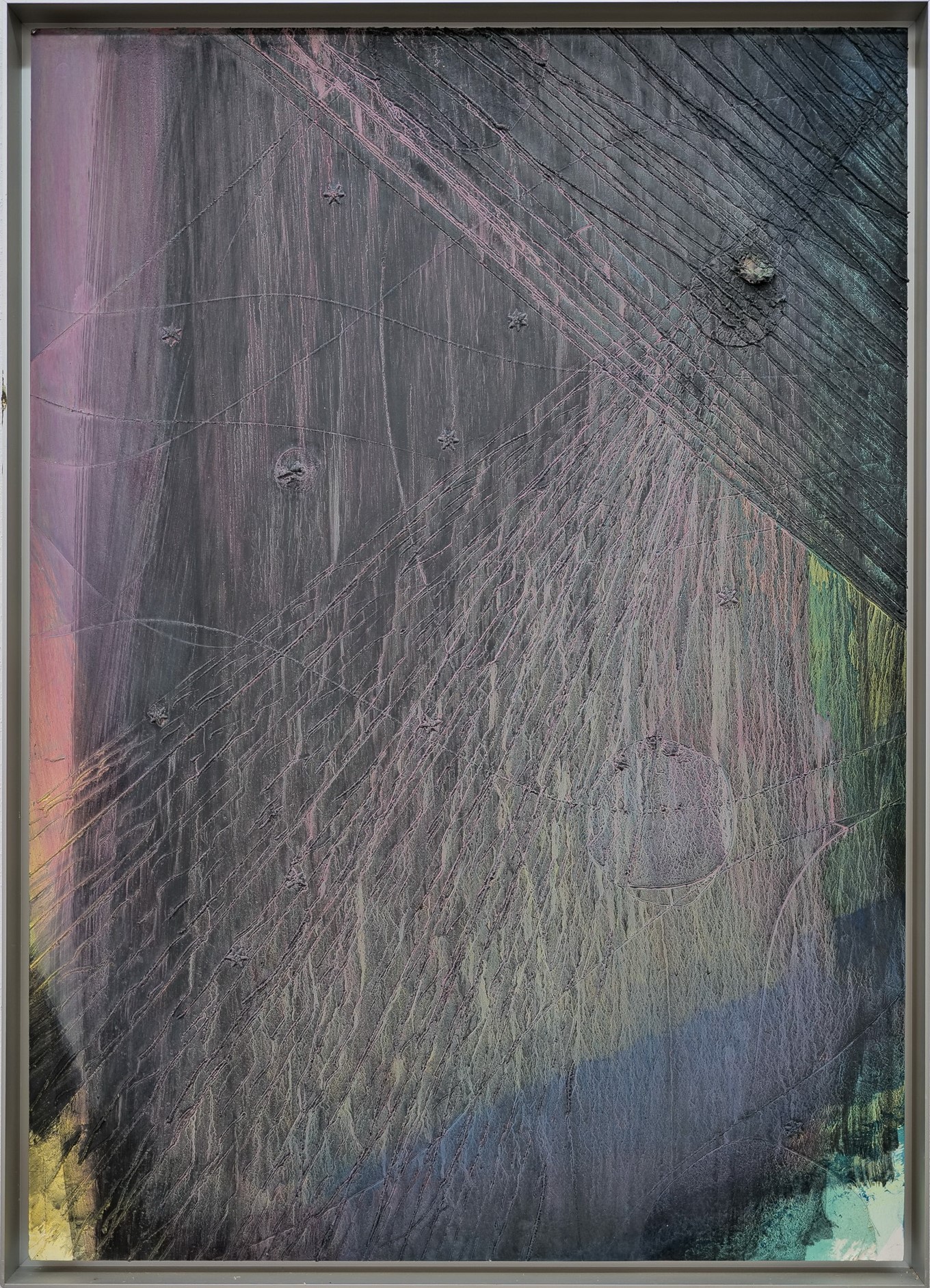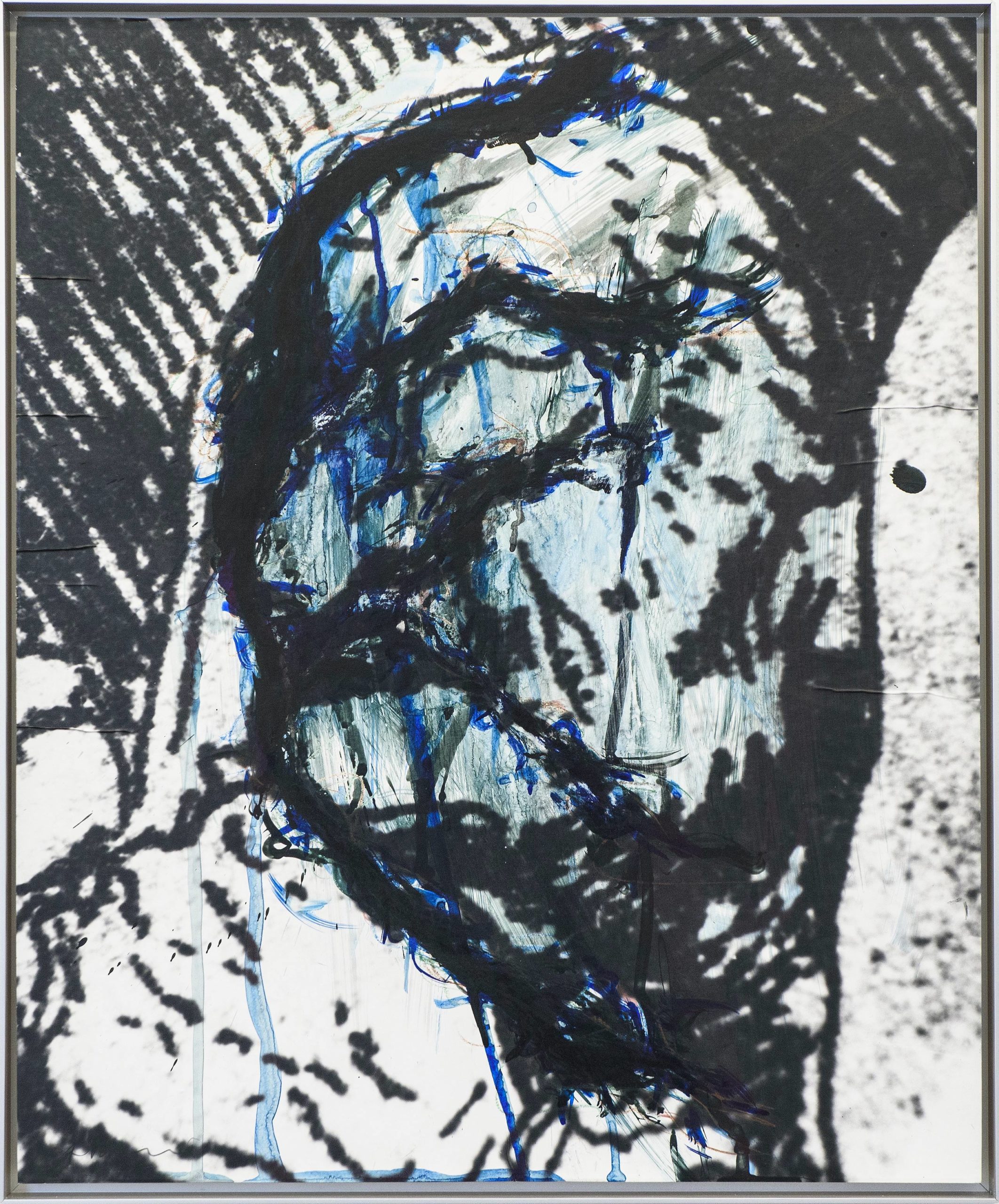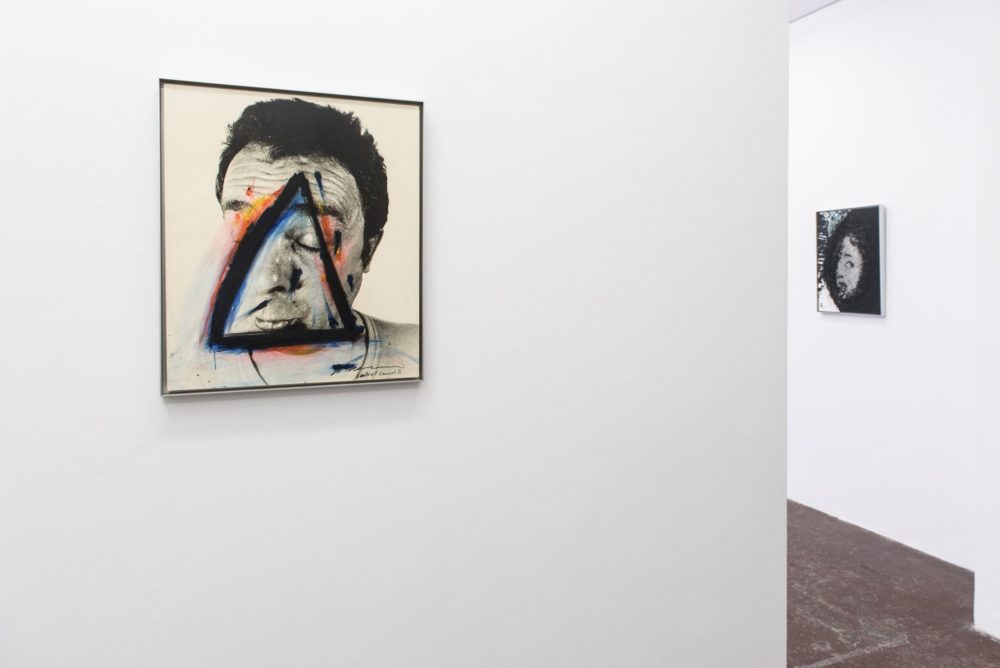Arnulf Rainer
His commitment to the search for new pictorial approaches, accompanied by his performative work and extensive written documentation, have enshrined Arnulf Rainer as one of the most influential living artists.
Always exalting the body language that painting implies, the artist highlights the first forms of human expression and, in the 1970s, he begins to photograph himself, creating a link between the theatrical and the graphic as a means of expression.
Near to Viennese Actionism and exploring gestures through performance, he expands his practice to video, and begins painting with his hands, which will accompany him throughout his career.
Mainly interested in automatism and the desire to destroy conventional communication in order to recover the richness of human expression, Arnulf Rainer bases his expressiveness on the concealment of images of other artists and self-portraits, reaching abstraction and almost total obscuration of forms. In this sense, his body of work has always aimed to free itself from its own limitations, even exceeding by the form of canvases the conventional standards.
In 1978, he represented Austria at the Venice Biennale and participated in multiple editions of Documenta Kassel over the years. Several museums have dedicated retrospectives to his work, including the Albertina Museum, Stedelijk Museum, Guggenheim Museum, Nationalgalerie, Kunsthalle Bern, and Kunstverein Hamburg.
His works are part of collections such as Stedelijk, MoMA New York, Ludwig Museum, Tate Britain, the Metropolitan Museum, Guggenheim, and Centre Georges Pompidou, among others.
Arnulf Rainer – Portfolio 2025
Arnulf Rainer
Blumenserie
ca. 2000
Mixed media on paper on wood
44 x 31,5 cm
Arnulf Rainer
Untitled
2015-16
Temper on paper on wood
52 x 37 cm
Arnulf Rainer
Untitled
1995
Temper on cardboard on wood
105 x 76,5 cm
Arnulf Rainer
C22. (‘Goya’ series)
1983
Mixed technique on photograph on wood
63 x 52,5 cm
> DOSSIER (PDF)> CV (PDF)


